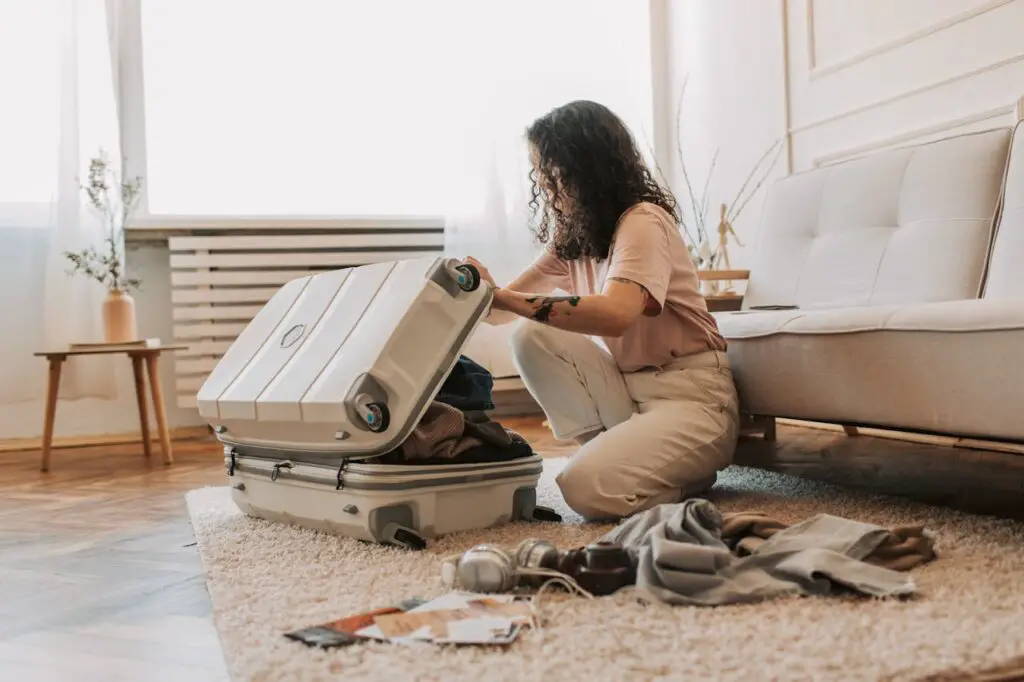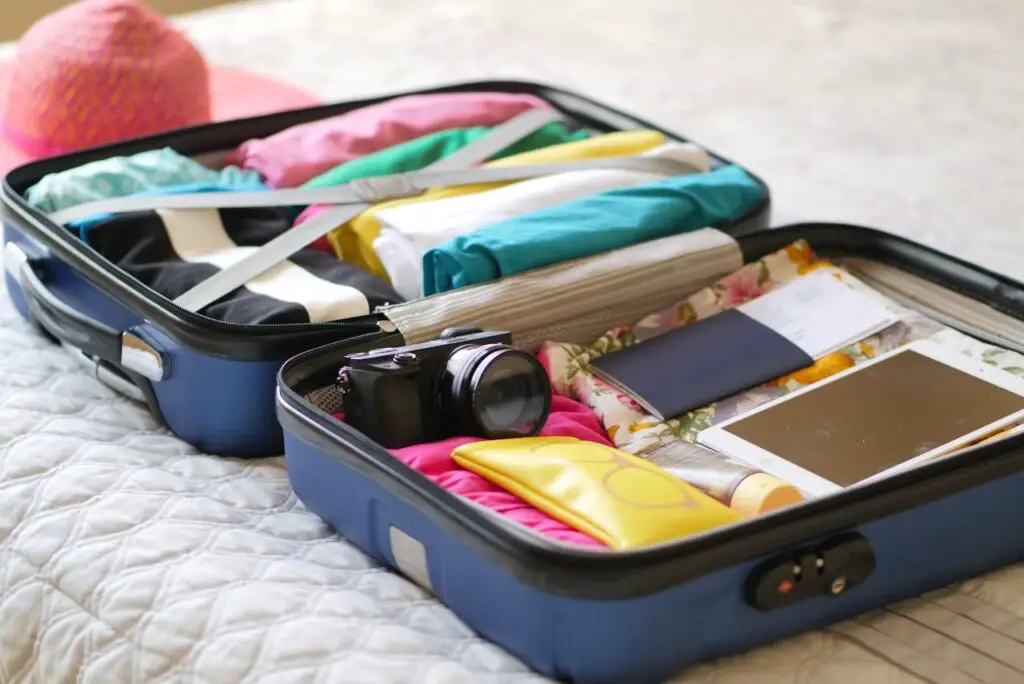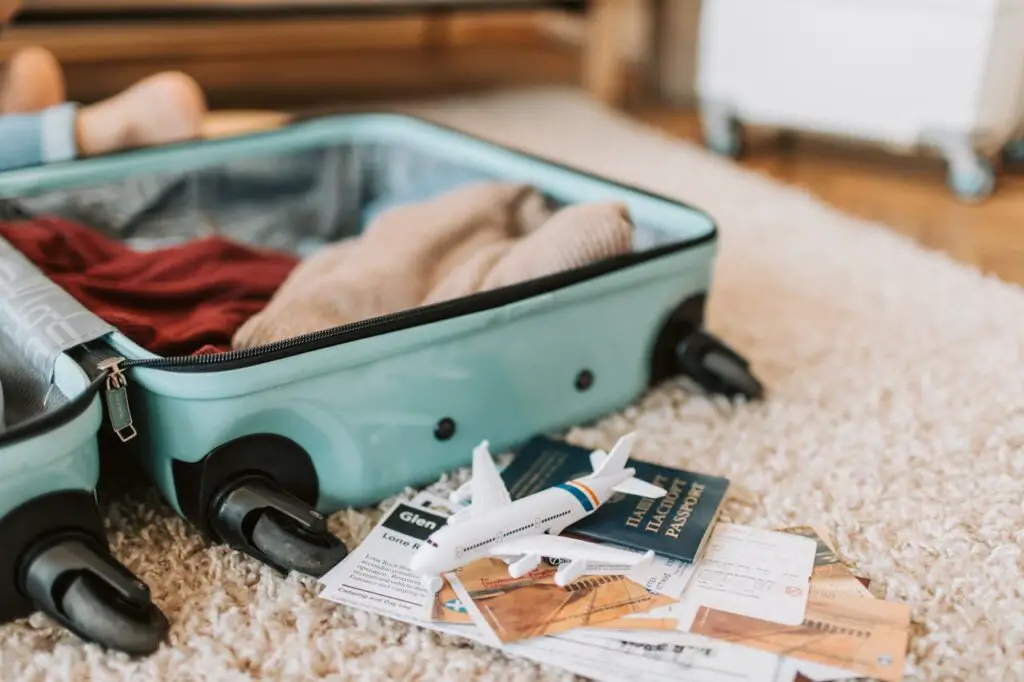8 Packing Mistakes That Can Ruin Your Trip (And How to Avoid Them)

Packing for a trip sounds simple in theory—fold some clothes, throw in a toothbrush, zip up your bag, and go. But experienced travelers know that one wrong move in the packing department can lead to major inconveniences or even ruin parts of the journey. From lugging around an overstuffed suitcase to realizing you left crucial medications at home, packing errors can be costly and stressful. Whether you are traveling for leisure or business, being mindful about how you pack makes a world of difference. To help you sidestep unnecessary issues, here are eight packing mistakes that can ruin your trip and how to avoid them like a pro.
1. Overpacking and Bringing Items “Just in Case”

Overpacking is one of the most common travel mistakes and also one of the most exhausting to deal with. Trying to fit too many outfits, shoes, and accessories into your suitcase often leads to chaos, disorganization, and unnecessary baggage fees. It also weighs you down when navigating airports, public transport, or uneven streets. Bringing things “just in case” usually results in bringing things you will never use. Instead, plan your outfits around a color scheme, choose multipurpose pieces, and limit yourself to essential items. A general rule is to pack for one week and plan to do laundry if your trip is longer. Remember, the less you carry, the more you enjoy the journey.
2. Not Checking the Weather Forecast Before You Pack

Nothing ruins a trip faster than being unprepared for the weather. Packing a suitcase full of light clothes only to arrive at a chilly destination—or forgetting a rain jacket in the middle of monsoon season—can turn a comfortable getaway into a miserable experience. While climate data gives you an idea of what to expect, it is vital to check the short-term weather forecast for your destination a few days before departure. This allows you to pack strategically and bring appropriate layers, outerwear, and shoes. A foldable umbrella, a windbreaker, and a few extra layers can go a long way in keeping you warm, dry, and comfortable on the go.
3. Ignoring Liquid Restrictions or Forgetting Travel-Sized Toiletries

Security checkpoints are not the place you want to learn about airline liquid restrictions. Packing full-sized shampoo, lotion, or perfume in your carry-on can lead to frustration and confiscated products. On the flip side, forgetting toiletries altogether may leave you scrambling to find replacements, which may not be readily available in your destination. Avoid these issues by purchasing refillable travel bottles, staying within the standard 3.4-ounce (100 ml) liquid limit, and placing your liquids in a clear quart-sized bag for easy screening. If you want to save space and time, consider solid alternatives like shampoo bars, bar soap, and toothpaste tablets.
4. Putting Important Items Only in Checked Luggage

Checked bags get lost, delayed, or mishandled far more often than we like to think. If you pack essential items—like medications, travel documents, electronics, or valuables—only in your checked suitcase, you risk major disruptions if that bag does not arrive on time. Always keep a carry-on or personal item stocked with necessities such as your passport, travel itinerary, phone charger, wallet, and a change of clothes. If you are traveling internationally, include a plug adapter, a toothbrush, and any items you need in the first 24 hours. This small precaution ensures you are not completely stuck in the event your checked luggage takes a detour.
5. Ignoring Airline Baggage Weight Limits

Arriving at the airport only to find out your luggage exceeds the weight limit is an incredibly stressful way to start a trip. Many airlines charge expensive fees for overweight baggage, and in some cases, they will ask you to remove items on the spot. These scenarios are easily avoidable with a bit of preparation. Before you leave home, review the baggage policy for your airline, especially if you are flying internationally, where rules often differ. Use a portable luggage scale to weigh your bag before heading to the airport. If your suitcase is near the limit, distribute heavier items to your carry-on or wear your bulkiest layers on the plane.
6. Packing the Wrong Footwear

Footwear is one of the most critical aspects of packing that often gets overlooked. Travelers frequently bring stylish but uncomfortable shoes or fail to pack for the activities they will actually be doing. For instance, wearing fashionable sandals on a cobblestone street or hiking in sneakers not built for rough terrain can quickly become painful. Ideally, pack no more than three pairs: one pair of comfortable walking shoes, one pair of versatile dress shoes or sandals, and one casual or activity-specific pair like flip-flops or hiking boots. Make sure you have worn them all before the trip to avoid the misery of blisters or sore feet.
7. Disregarding Local Culture and Dress Norms

What is acceptable to wear at home might be considered inappropriate or offensive in other cultures. Packing without considering the cultural and religious norms of your destination can cause embarrassment, prevent you from entering certain places, or even result in fines. For example, sleeveless tops and shorts may be banned in religious sites or conservative countries. Always do a bit of research on the dress code, especially if you plan to visit mosques, temples, or sacred landmarks. Pack modest, breathable clothing, and include a scarf or shawl that can double as a cover-up when necessary. Respecting local customs helps you blend in and creates a more authentic and respectful travel experience.
8. Not Using a Packing List

The importance of using a packing checklist cannot be overstated. Trying to remember everything in your head often leads to forgotten chargers, missing documents, or duplicated items. Creating a packing list ahead of time helps you stay organized, avoid last-minute panic, and ensure that nothing crucial is left behind. Start building your list a week before departure, so you can revise and refine it as needed. Divide it into categories such as clothing, electronics, toiletries, documents, and miscellaneous. Before you zip your suitcase, double-check the list to confirm everything is packed. You can even save and reuse the list for future trips to make packing stress-free every time.
Final Thoughts

Packing does not need to be stressful or overwhelming. By avoiding these eight common mistakes, you can protect your trip from unnecessary hiccups and enjoy a smoother, more relaxed experience from departure to return. Thoughtful packing is a key component of successful travel—it saves time, reduces stress, and ensures you are ready for whatever your journey throws at you. So ditch the panic-packing, embrace a little planning, and step confidently into your next adventure knowing you are perfectly prepared.
Leave a Reply